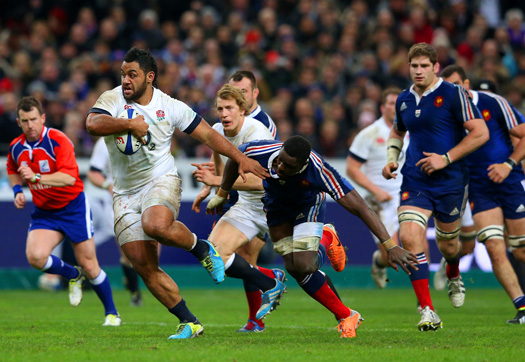Physical profile of the player
To achieve optimal development, it is crucial that the physical profile of a player is considered and understood by the coaches.
Whilst an effective player development pathway should aim to develop the rugby player holistically from a technical, tactical, mental, and physical perspective, the physical development of a player is the focus of the strength and conditioning coach. The coach should therefore aim to optimise development of the key physical attributes that can have an impact on game performance.
When identifying physical characteristics and capacities that are important to performing optimally during the game, there are three key questions to consider:
- Do the physical characteristics of rugby players differ from that of the normal non-rugby playing population?
- Are certain physical characteristics distinguishable dependent on the level of play (participation/performance/elite etc)?
- Has the physical profile of players changed over time and why has this change occurred?
Figure 2. Physical characteristics of players have changed over recent decades. In general, players are now bigger and stronger than their counterparts of over 20 years ago.

If the physical characteristics of players like mass, stature, strength, speed, body fat etc. differ markedly from that of the general population, then it could be inferred that these characteristics are helpful. Likewise, if physical characteristics can be shown to correlate with playing level or distinguish between players of different levels, then this is a clue that the physical characteristic in question is very valuable to rugby performance and it could be prioritised in training. For example, if upper body strength of elite level rugby players is significantly higher than amateur player it could be inferred that upper body strength is important to performing at a high level. Also, if the physical profile of players has changed over the years as the game has evolved and developed, then this is another indicator on the value of certain physical characteristics to the modern player. Since the beginning of professionalism in 1995, the physical characteristics of players have evolved and changed. Law changes and the move to professionalism over the years has led to changes in the demands of the game which in turn has led to changes in styles of play and physical profiles of the players.
Answering these questions can guide the coach in understanding which physical characteristics will be beneficial to a rugby player. In the next few sections, the physical profile of rugby players will be considered, and some key physical characteristics and capacities will be identified. This will enable the coach to adapt their training and development pathways to target the most likely physical attributes which can impact on playing performance.